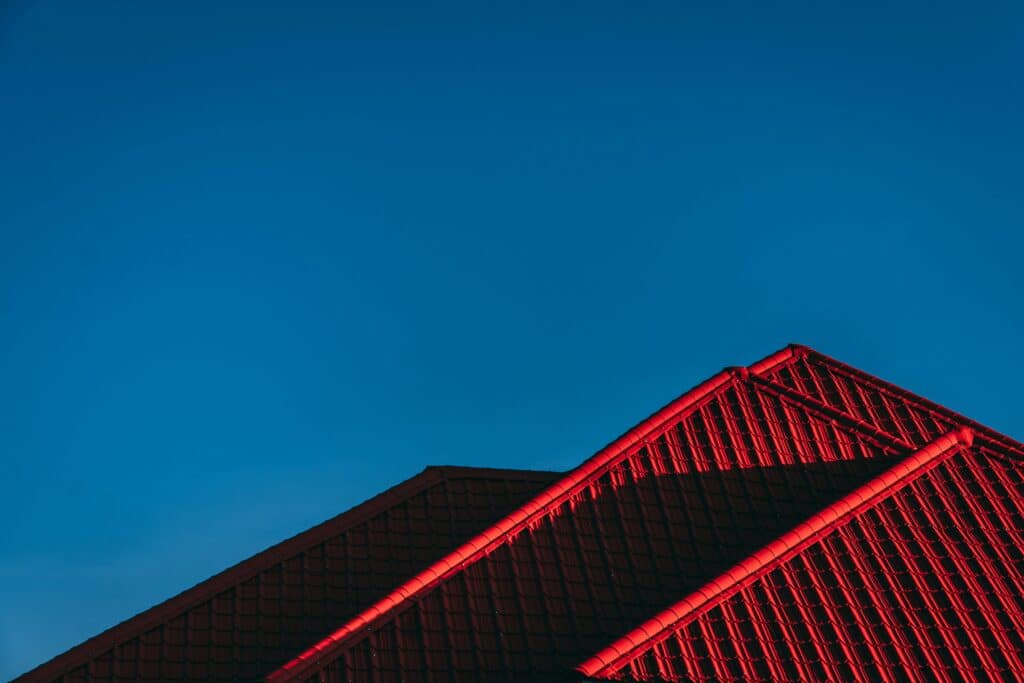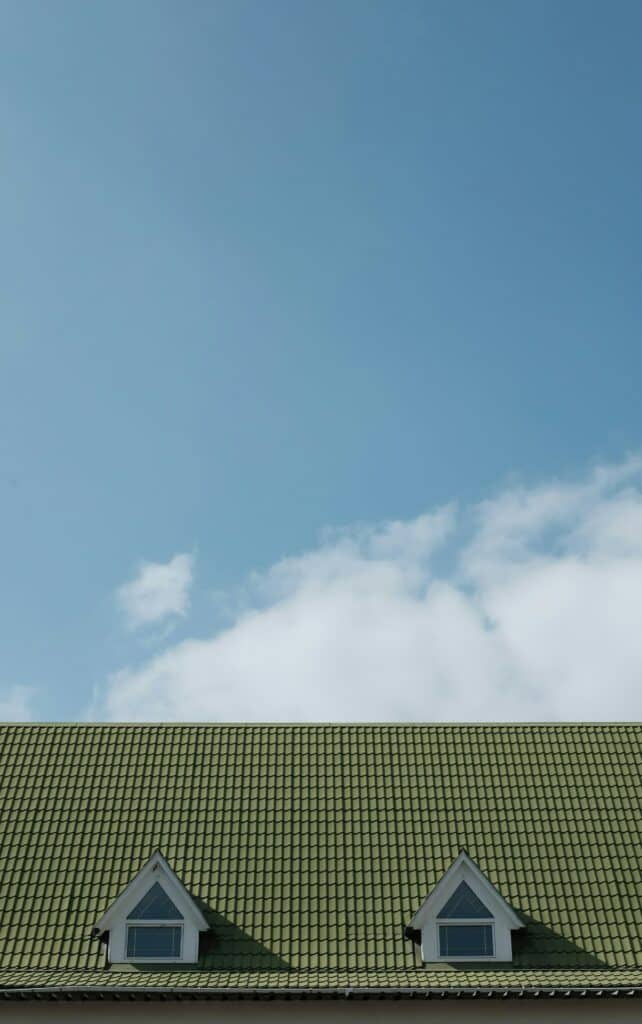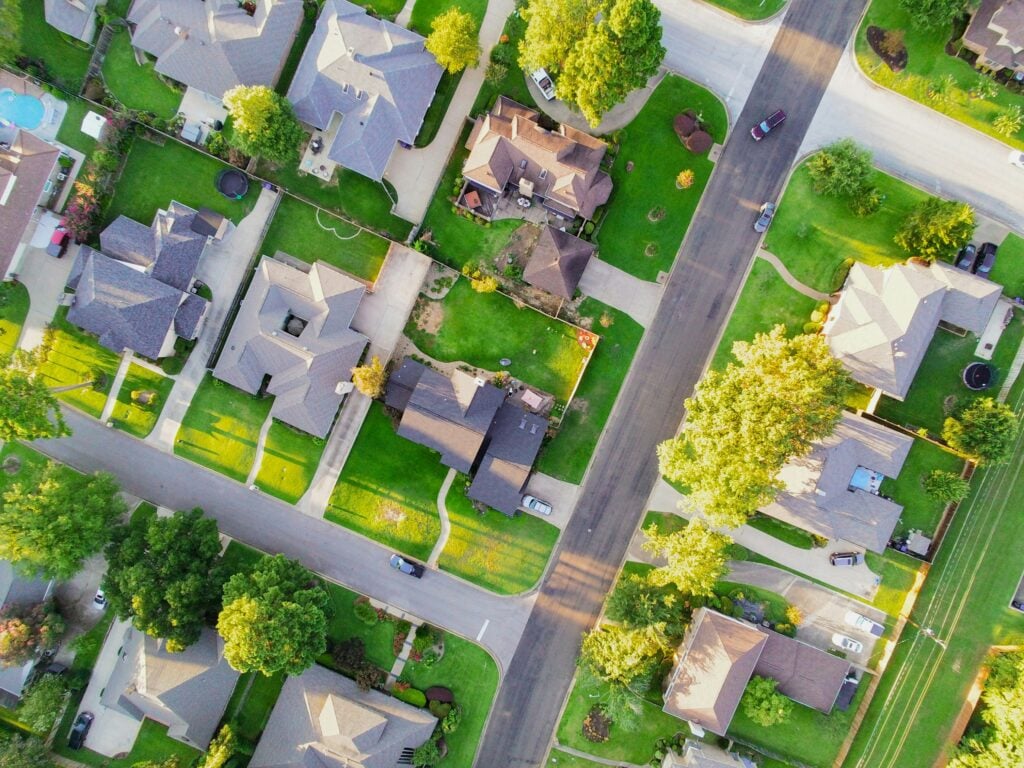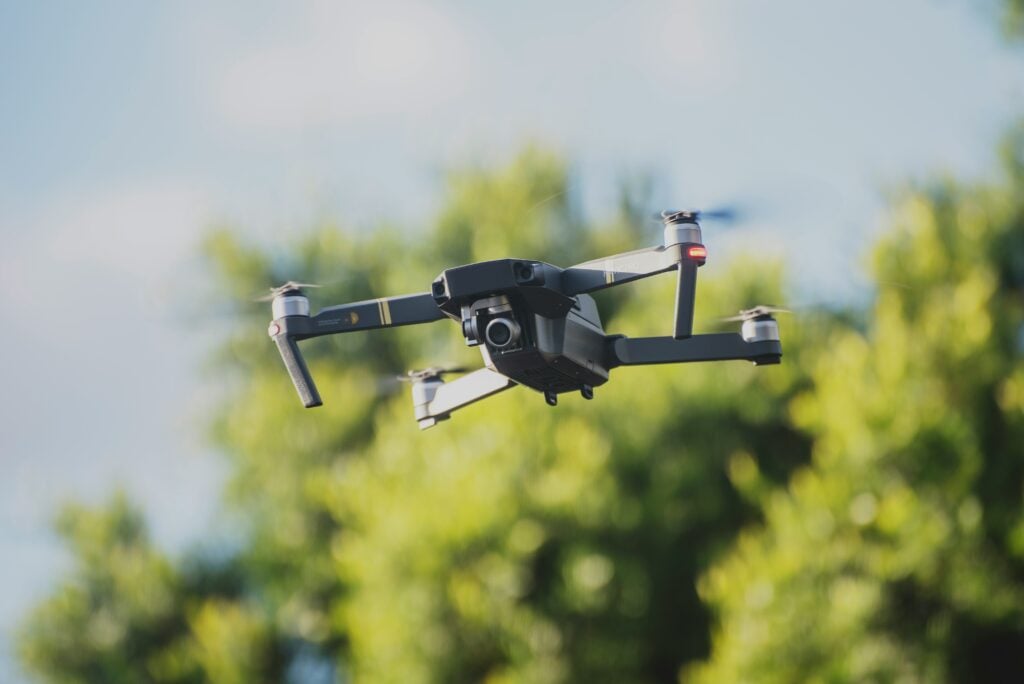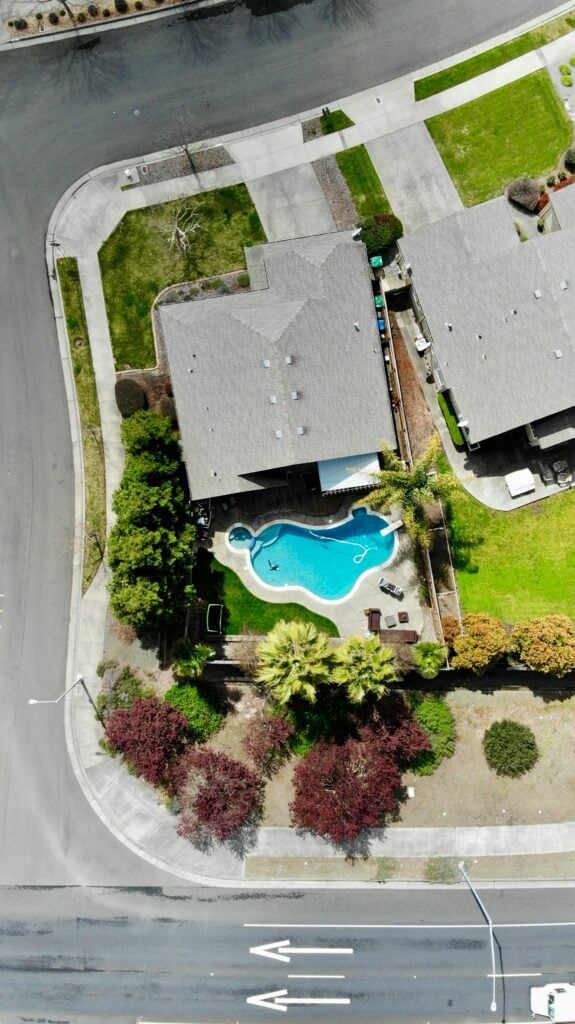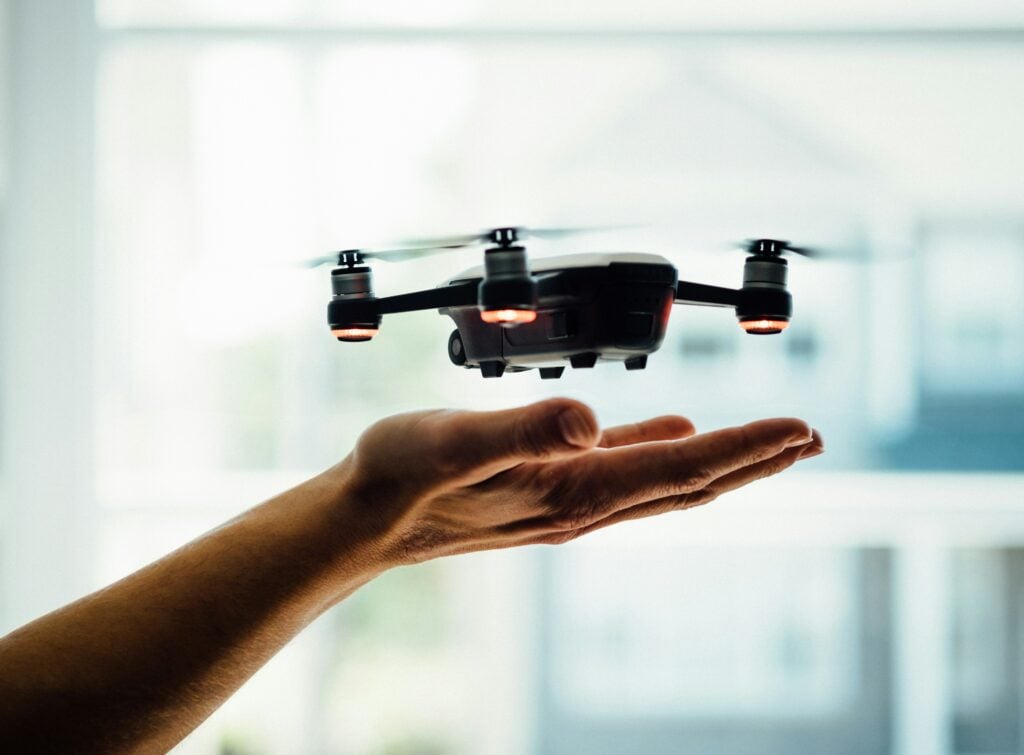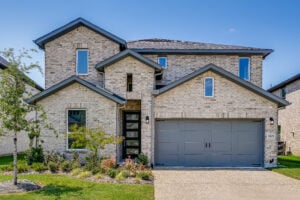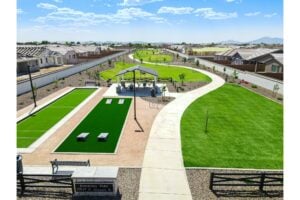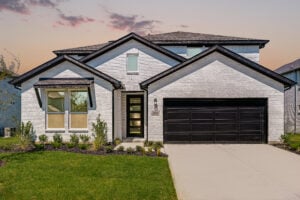As a certified drone photographer, you’re likely already aware of how in-demand drone services are in real estate. From stunning aerial views of properties to construction monitoring, drones are increasingly being used across various industries. The market for drone services is projected to grow rapidly, from $0.78 billion in 2024 to $0.93 billion in 2025 (The Business Research Company). If you’re equipped with the right licensing and gear, this presents an exciting opportunity to expand your service offerings. Beyond traditional real estate listings, drones can be a game-changer for roof inspections and property assessments—services that can add significant value to your business.
Below, we’ll address some frequently asked questions about using drones for roof inspections and property assessments, helping you better understand how to expand your offerings.
How Can Drones Enhance Roof Inspections?
As a real estate drone photographer, you spend a lot of time working with agents to transform a listing into an appealing home for potential buyers. However, drone footage doesn’t always have to focus solely on showcasing the beauty of listings. Instead, you can expand your service offerings by capturing aerial photos for roof inspections, providing a valuable tool for inspectors to assess the condition of a property from a unique perspective.
High-resolution drone cameras offer an efficient, cost-effective alternative to traditional roof inspections that often require ladders or scaffolding. With a drone, you can capture high-quality images of the roof from every angle, identifying potential issues such as damaged shingles, leaks, or debris without putting anyone at risk. This means faster inspections, more accurate assessments, and ultimately, more satisfied clients.
In addition to offering detailed, bird’s-eye views, drone footage allows you to document the inspection process, creating a visual record for future reference or insurance claims. These aerial shots can be included in reports, helping to highlight areas that need attention or showing a potential buyer the overall condition of a roof before they make a purchase decision.
How Do Drones Improve Safety During Roof Inspections?
Traditional inspections require workers to climb onto roofs using ladders, which can be risky, especially in bad weather or on steep slopes. Drones eliminate the need for physical access, reducing the risk of injury and allowing for safer, more efficient inspections.
Drones also provide the ability to reach difficult areas, such as chimneys or tall buildings, without the need for scaffolding or additional personnel. As demand for drone services increases, inspection companies are seeking licensed, skilled drone photographers to help them improve speed, safety, and quality in their assessments.
What Are the Benefits of Using Drones for Property Assessments?
In addition to roof inspections, drones can be a valuable tool for conducting comprehensive property assessments. Whether you’re capturing large estates or commercial properties, drones provide a clear, overhead perspective that enhances traditional methods of property evaluation. By surveying an entire property from above, drones allow you to assess various features, including the roofing, landscape, and surrounding areas, all in one efficient flight.
Key benefits are:
- Capture high-quality images of a property’s condition without invasive methods or costly equipment.
- Quickly cover large areas, speeding up the assessment process.
- Maintain precise measurements and assessments, ensuring reliable data.
- Provide fast, dependable data to help clients make informed decisions, whether buying, selling, or managing property.
FAA certification is crucial
It’s essential to understand and follow the Federal Aviation Administration (FAA) regulations for commercial drone use. Compliance with these regulations not only ensures that your business operates legally, but it also keeps you and your clients safe. For real estate photographers offering drone services, this means obtaining the necessary certifications and adhering to flight restrictions that apply to your specific location, whether you’re shooting a residential property for sale or simply performing a roof inspection.
To legally fly drones for commercial purposes, you must hold a Remote Pilot Certificate from the FAA. This involves passing an aeronautical knowledge test and ensuring your drone operates in compliance with specific safety standards. Certain flight restrictions may also apply depending on your area, such as no-fly zones or altitude limits. In either case, it’s important to keep these factors in mind.
Build Relationships with Property Inspectors and Real Estate Agents
Networking with property inspectors and real estate agents is a powerful way to expand your business. Many professionals in these fields may lack the specialized drone skills required for aerial inspections. By offering your drone services, you fill this gap and make their jobs easier, safer, and more efficient. Start by attending industry events, reaching out to local inspectors directly, or offering demonstrations of your work. Building these relationships will position you as a trusted partner, helping to grow your client base and reputation.
Using Drones for Roof Inspections: Final Takeaway
Expanding your drone services in 2025 presents a unique opportunity to diversify your clientele, from real estate agents to property inspectors and homeowners. As the demand for aerial roof inspections and property assessments continues to grow, now is the ideal time to broaden your offerings and stand out in a competitive market.

